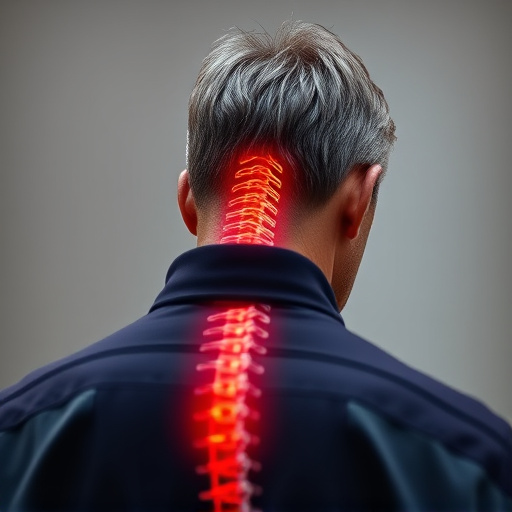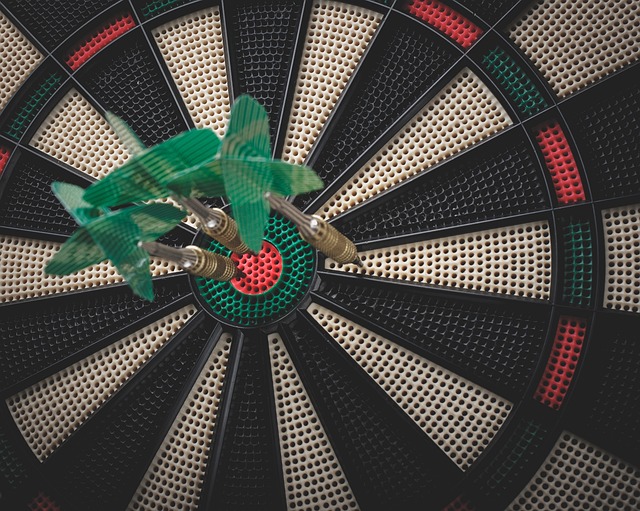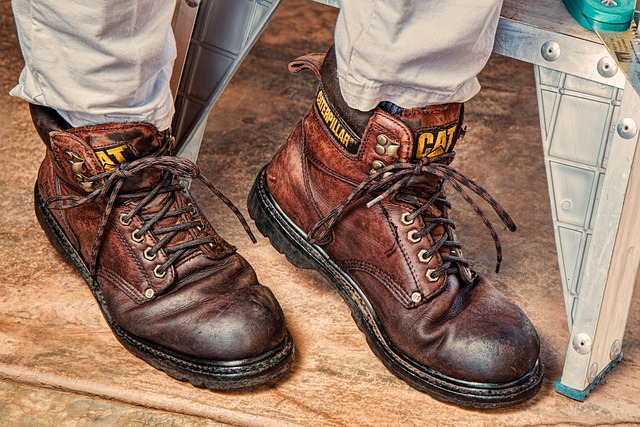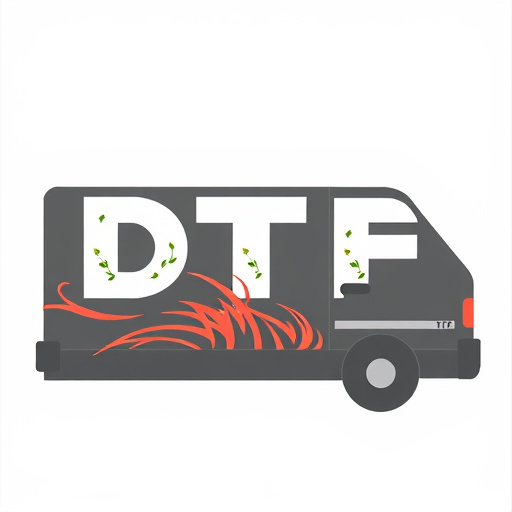Injen MR Technology intakes streamline data exchange between sensors and onboard computers, optimizing vehicle performance and reliability through advanced sensor integration. They bridge communication gaps, enhance efficiency, and improve diagnostics, control, fuel efficiency, and safety features in modern vehicles, especially with ADAS and engine performance applications. Best practices for maximizing their potential include regular calibration, integration with advanced systems, tailored sensor placement, and personnel training.
“In today’s advanced manufacturing landscape, ensuring factory sensor compatibility is paramount for seamless production processes. This comprehensive guide delves into the intricacies of this crucial aspect, offering insights on how Injen MR Technology intakes can revolutionize your operations.
We explore ‘Understanding Factory Sensor Compatibility’ as the foundation for efficient integration and discuss ‘Injen MR Technology Intakes’—an innovative solution unlocking advanced sensor compatibility. Furthermore, we present best practices to guarantee optimal sensor performance.”
- Understanding Factory Sensor Compatibility: The Foundation of Seamless Integration
- Injen MR Technology Intakes: Unlocking Advanced Sensor Compatibility
- Best Practices for Ensuring Optimal Factory Sensor Compatibility
Understanding Factory Sensor Compatibility: The Foundation of Seamless Integration

Understanding Factory Sensor Compatibility is the cornerstone for achieving seamless integration within modern vehicles. Sensors play a vital role in monitoring various systems, from engine performance to environmental conditions. Ensuring compatibility ensures that these sensors work in harmony with the vehicle’s computer system, providing accurate data for optimal performance and efficiency. This is where Injen MR Technology intakes shine; they are designed to seamlessly integrate with existing factory sensors, bridging any potential communication gaps.
By utilizing advanced technologies, Injen MR intakes decipher and interpret sensor signals, ensuring the vehicle’s on-board computer receives the right information at the right time. This compatibility is crucial, especially as vehicles become increasingly complex with each passing year, relying heavily on data for their operation. Thus, ensuring factory sensor compatibility is not just a technical consideration but also a key aspect of enhancing overall vehicle performance and reliability.
Injen MR Technology Intakes: Unlocking Advanced Sensor Compatibility

Injen MR (Multi-Sensor) Technology intakes represent a significant advancement in automotive sensor compatibility, offering a seamless integration solution for modern vehicles. These innovative intakes are designed to unlock the full potential of advanced driver assistance systems (ADAS) and engine performance by facilitating communication between various sensors.
By employing cutting-edge technology, Injen MR intakes ensure that data exchange between sensors like oxygen sensors, temperature sensors, and pressure sensors is both efficient and accurate. This enhances the overall diagnostics and control capabilities of the vehicle’s computer, leading to improved fuel efficiency, smoother engine operation, and enhanced safety features. The technology’s adaptability makes it a go-to choice for automotive enthusiasts and professionals seeking superior sensor compatibility without compromising on performance or reliability.
Best Practices for Ensuring Optimal Factory Sensor Compatibility

Ensuring optimal factory sensor compatibility is paramount for efficient and precise manufacturing processes. One cutting-edge technology that has revolutionized this aspect is Injen MR (Magnetic Reed) Technology intakes. By employing magnetic sensors, these intakes offer unparalleled accuracy in detecting and responding to environmental conditions, such as air temperature and pressure. This real-time data feedback allows manufacturers to make dynamic adjustments, optimizing performance and energy efficiency.
Best practices for leveraging this technology include regular calibration of sensors to maintain accuracy, integrating MR intakes with advanced control systems for seamless data exchange, and customizing sensor placements based on specific manufacturing needs. Additionally, training personnel in managing and interpreting sensor data is crucial. By adhering to these practices, factories can harness the full potential of Injen MR Technology, leading to enhanced productivity and reduced waste.
Factory sensor compatibility is the linchpin of efficient automotive integration. By understanding the fundamentals as outlined in this article, and leveraging innovations like Injen MR Technology intakes, which significantly enhance sensor compatibility, car manufacturers can streamline operations and ensure optimal performance. Adhering to best practices for setup and maintenance guarantees a seamless, robust system, ultimately benefitting both manufacturing efficiency and vehicle quality.














